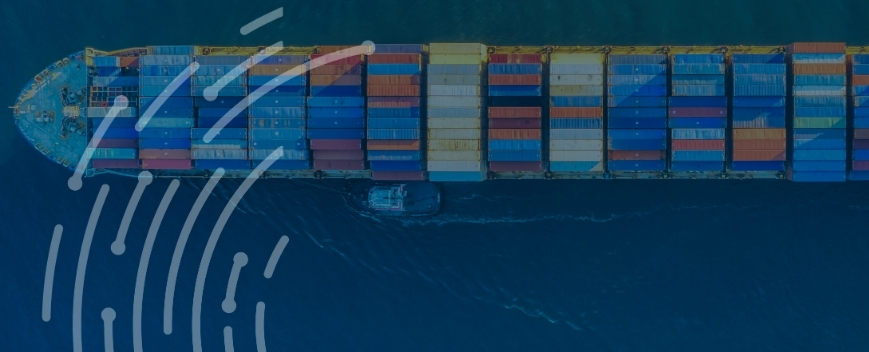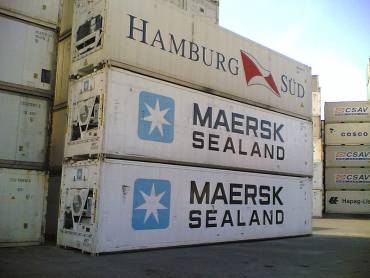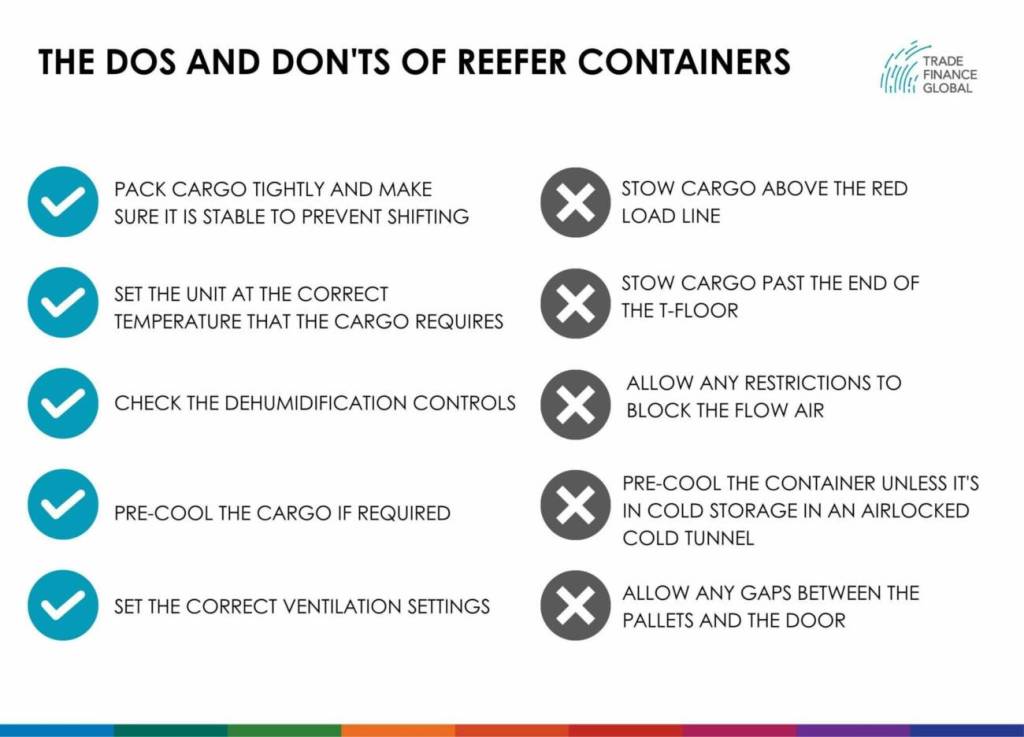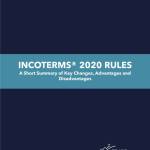Reefer Containers – A 2025 Guide

Access trade, receivables and supply chain finance
We assist companies to access trade and receivables finance through our relationships with 270+ banks, funds and alternative finance houses.
Get StartedContents
What is a Reefer Container?
Reefer containers – short for refrigerated containers – are one of six types of shipping containers used in freight forwarding. They look almost identical to regular containers but function as large fridges that can control the temperature of their cargo. This makes them ideal for transporting goods such as pharmaceuticals, fruits, meat, fish and flowers.

Types of reefer containers
There are three main types of reefer containers in use:
Type 1 – Closed Reefer
The closed reefer is the most common type of reefer. This type of reefer is made of one piece with an integral front wall. The integrated heating and cooling unit enable it to be used with all seagoing containers that conform to ISO standards.
Type 2 – Modified/Controlled Atmosphere (MA/CA)
MA/CA container units are distinguished from closed reefers by their enhanced insulation. In order to maintain a consistent interior environment, specialized air exchange controllers replace oxygen consumed, ensuring the environment matches cargo specifications throughout the journey.
Type 3 – Automatic Fresh Air Management Containers (AFAM)
AFAM containers are effectively an upgraded version of MA/CA containers and are the most sophisticated reefer containers available on the market today. By using an array of sensors to adjust the fresh air exchange rate, this type of container is able to precisely control oxygen and carbon dioxide levels, effectively extending the shelf life of the cargo inside.
Reefer containers for goods shipping
Since the advent of reefer containers in the 1960s, they have revolutionised the way in which perishable goods are transported and have replaced traditional reefer ships as the predominant way of transporting produce in controlled conditions. Reefer containers have only improved since then as, over time, improvements in technology have made reefers more efficient. This is especially important considering the fact that the seaborne perishable trade is expected to grow by 5% each year between now and 2020.
For businesses that deal with perishable goods, reefer containers will likely be a crucial component in your supply chain. TFG has put together this post to help you find out everything you need to know about them, including how they work, what they cost and why they’re beneficial.
How Reefer Containers Work
Reefer containers have many different functionalities that can help with the transportation of sensitive goods.
Temperature
Reefer containers can maintain cargo temperatures of between -35°C and +35°C regardless of the outside environmental conditions. They do this by channelling air underneath the cargo through T-shaped decking, which has been specifically designed to ensure air can flow across the entire shipment correctly.
In addition to being able to maintain the temperature of pre-cooled cargo, reefer containers are also able to raise cargo temperatures when required.
Humidity, ventilation, and atmosphere
The control unit on the container allows for the setting and adjustment of parameters such as temperature, humidity, ventilation and atmosphere. The settings used will vary depending on the type of cargo being transported. For example, controlling the CO2 and O2 levels in a unit containing fruit can substantially lengthen the ripening process, allowing it to be kept fresher for longer. Many types of fruit require no humidity control, but most will need to be stored at a very specific temperature.
To do all this, reefer containers require a constant supply of electricity. This is supplied either by the vessel’s power outlet or by ‘gensets’ – portable generators.
Video: Maersk Line
If you want to see how reefer containers work first hand, this video does a great job of explaining it!
The Benefits of a Reefer Container
Over the last decade, reefer containers have been successfully competing for trade with reefer ships and have quickly increased their market share. This is no surprise when you consider the following advantages:
- They often don’t need to be put into cold storage upon arrival at their destination as they are self-contained refrigerated units.
- They are available in a variety of dimensions, which makes them suitable for road, sea, and air transportation.
- They can be partitioned to create different departments at different temperatures. This allows for the storage of both frozen and chilled goods in the same container.
- They are durable and can remain operational in harsh environmental conditions.
- They can be transported by diversified carriers. This offers greater financial security and a faster return on investment than specialised reefer ships.
- They can prevent products from ripening too quickly and ensure a longer shelf-life by circulating cool air.
Despite their many benefits, there are still certain challenges facing the reefer container industry. For example, HFG refrigerants are still commonly used in reefer containers. These refrigerants have been proven to be a major contributor to global warming and there is an ongoing movement across environmental agencies and governments to reduce their usage. Reefer containers are adapting to this by moving towards more eco-friendly alternatives.

Reefer container dimensions
The dimensions of reefer containers vary depending on the manufacturer. As a point of reference, carrier CMA CGM has a reefer fleet consisting of 20’, 40’ High Cube and 45’32/33 Pallet Wide containers. You can find out more about standardized container sizes here.
How much are reefer containers to hire?
The cost of hiring reefer containers varies but the added insulation and power plant means that a standard reefer will cost around six times more than a normal container.
To find out more about how to get a reefer container or request a quotation, you’ll need to contact your local supplier.
Trade Finance Global connects with freight experts, freight forwarders, and logistics partners to help businesses transport their products from A to B.
For extra help with transporting your goods, get in touch with our freight forwarding team.
- All Topics
- Key Terms
- Incoterms Resources
- Podcasts
- Videos
- Conferences















